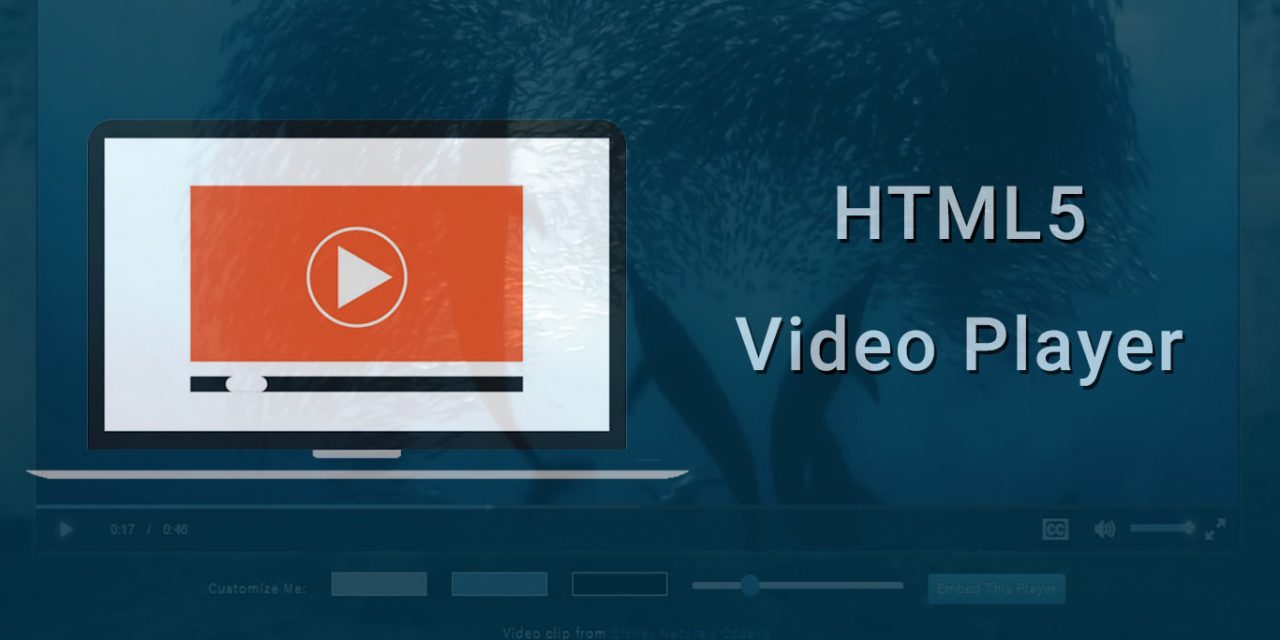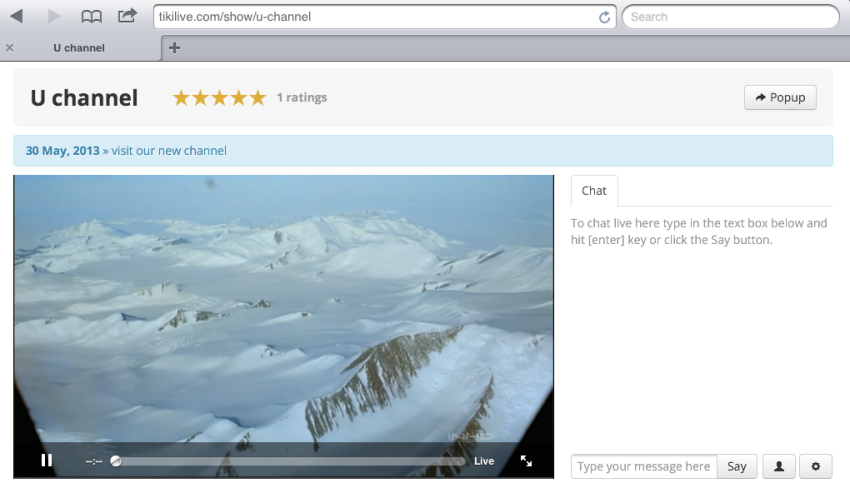

The Player APIs typically allow applications to control player functionality in: They can be configured to manipulate the behavior parameters and allow applications to instruct the player to perform certain actions such as selecting a specific audio track or video quality. 3: How different API factors affect the streamĪlong the workflow described in the previous paragraph, APIs can and will be a big piece of each step in the streaming flow, especially when it comes to the player & device. Lastly, Analytics will play a crucial role in monitoring the playback experience of your viewers as it collects data and helps you identify if any issues are happening with your stream. Once the content is done being processed, it is then stored in the origin where the CDN will request it from and deliver it to the player on the end user’s device. Content security measures, such as DRM (Digital rights management), can be applied at the packager layer to the specific protocols. The packager then “packages” the encoded video into standard protocols that are supported by devices such as HLS, DASH. To cut down the size of the original file for VOD, the encoder steps in to compress it, and to make sure it can meet the needs of network conditions on the viewer’s end, it can apply a bitrate ladder to it, making it available in different qualities to cover a range of viewing environments.īack-End Video Streaming Workflow with Bitmovin’s Products The video viewed by users for VOD workflows will be a compressed version of the original file that is normally stored on a local or cloud storage, while live video will be ingested from the point where the stream originated from. It is affected by all of the other pieces before and after, meaning it needs to have the correct configuration settings to work along with what you’ve put together.

The player also plays an important role in the end-to-end workflow and even though it is the last part, all requests for content stem from it.

APIs allow applications to control the playback experience by instructing the player or listening for player events, which require decisions to be made. Along with the framework, APIs are another layer that helps integrate many different components and enable a vast amount of integrations.
#HTML5 VIDEO PLAYER STREAMING SOFTWARE#
It is an essential piece and one that can be packaged into a Software Development Kit (SDK) to make it easier for developers to integrate into the application they are working on. However, solution vendors or development teams tend to take the opposite approach and believe the player has many layers, with UI controls and other aspects being a part of different pieces of the player stack.Īt the base of those layers, is the core framework of the player. Streaming services normally take a holistic view and see the player as everything that interacts with their users, which can include UI controls, recommendations, and more.

When speaking with people in the streaming industry, the way they define what a player is can vary significantly due to their experience and the initiatives of the company they are a part of. Since it’s such an essential piece, let’s go through the six different layers of a player, how it fits in the technology chain and how device support, available APIs, and playback testing can help you extend your reach with better quality of experience. It’s usually the last thing you think about as it’s the final piece to the puzzle, however, whether you stream Live or On-Demand, an HTML5 video player plays (pun intended) an important role in what you do and how your audience engages with your content. An HTML5 Video Player, in regards to the overall technology stack (on the streaming service side), sits at the end of the workflow, providing audiences with playback.


 0 kommentar(er)
0 kommentar(er)
